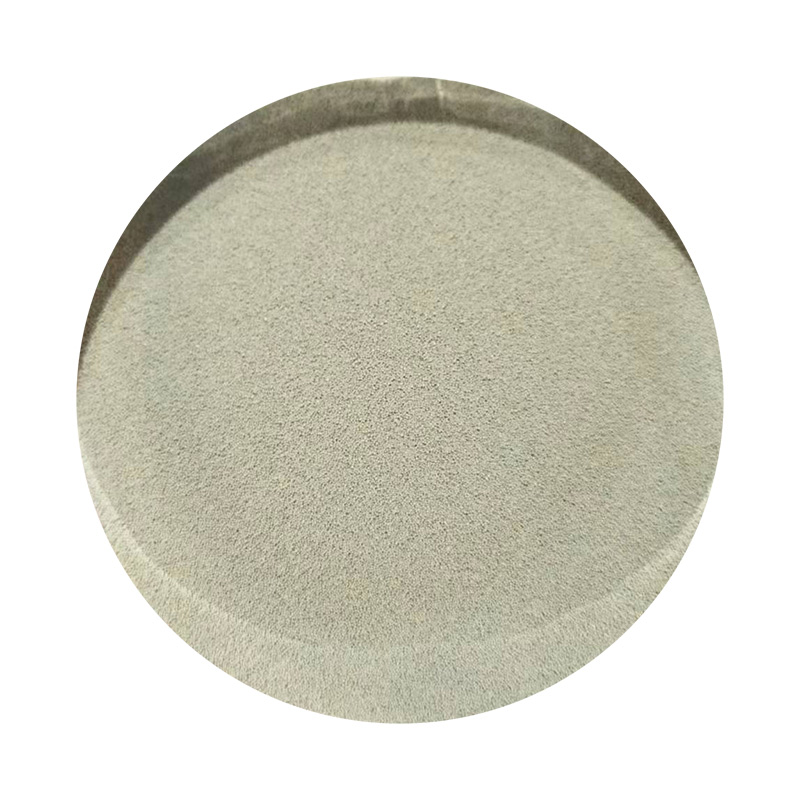Understanding Sand Casting Definition and Process
Sand casting, one of the oldest and most versatile metal casting methods, dates back thousands of years and remains a preferred choice in modern manufacturing industries for producing complex shapes and large objects. This process involves creating a mold from a mixture of sand, clay, and water, into which molten metal is poured to form a desired shape upon solidification.
Understanding Sand Casting Definition and Process
Once the mold is prepared, the next step involves heating the metal until it reaches a liquid state. This molten metal is then carefully poured into the cavity created by the mold. Depending on the size and application of the component, various metals can be used, including aluminum, cast iron, and bronze. The advantage of sand casting lies in its ability to accommodate different metal types, making it versatile for various applications.
sand casting definition

After the metal has been poured, it is allowed to cool and solidify within the mold. The cooling time depends on several factors, including the thickness of the casting and the material used. Once solidified, the mold is separated, and the sand is typically reused for future casting processes. The final product, known as a casting, may still require additional steps such as cleaning, machining, or surface treatment to achieve the desired finish.
One of the significant advantages of sand casting is its ability to produce intricate shapes and large components that would be difficult to manufacture using other methods. Additionally, sand molds can be produced quickly and economically, especially for low to medium production runs. This versatility makes sand casting an ideal choice for industries such as automotive, aerospace, and art casting.
However, sand casting is not without its challenges. The quality of the final product can be influenced by factors such as the type of sand used, the precision of the mold, and the casting techniques employed. The resulting surface finish may also require additional machining depending on the tolerance requirements of the final component.
In conclusion, sand casting is a fundamental manufacturing process characterized by its simplicity, versatility, and cost-effectiveness. Its ability to produce both small and large components from various metals, combined with its capacity to create complex shapes, makes it invaluable across numerous industries. As technology advances, so too will the techniques and materials used in sand casting, ensuring its relevance in the manufacturing world for years to come.
Post time:តុលា . 30, 2024 21:05
Next:sand casting foundry process
